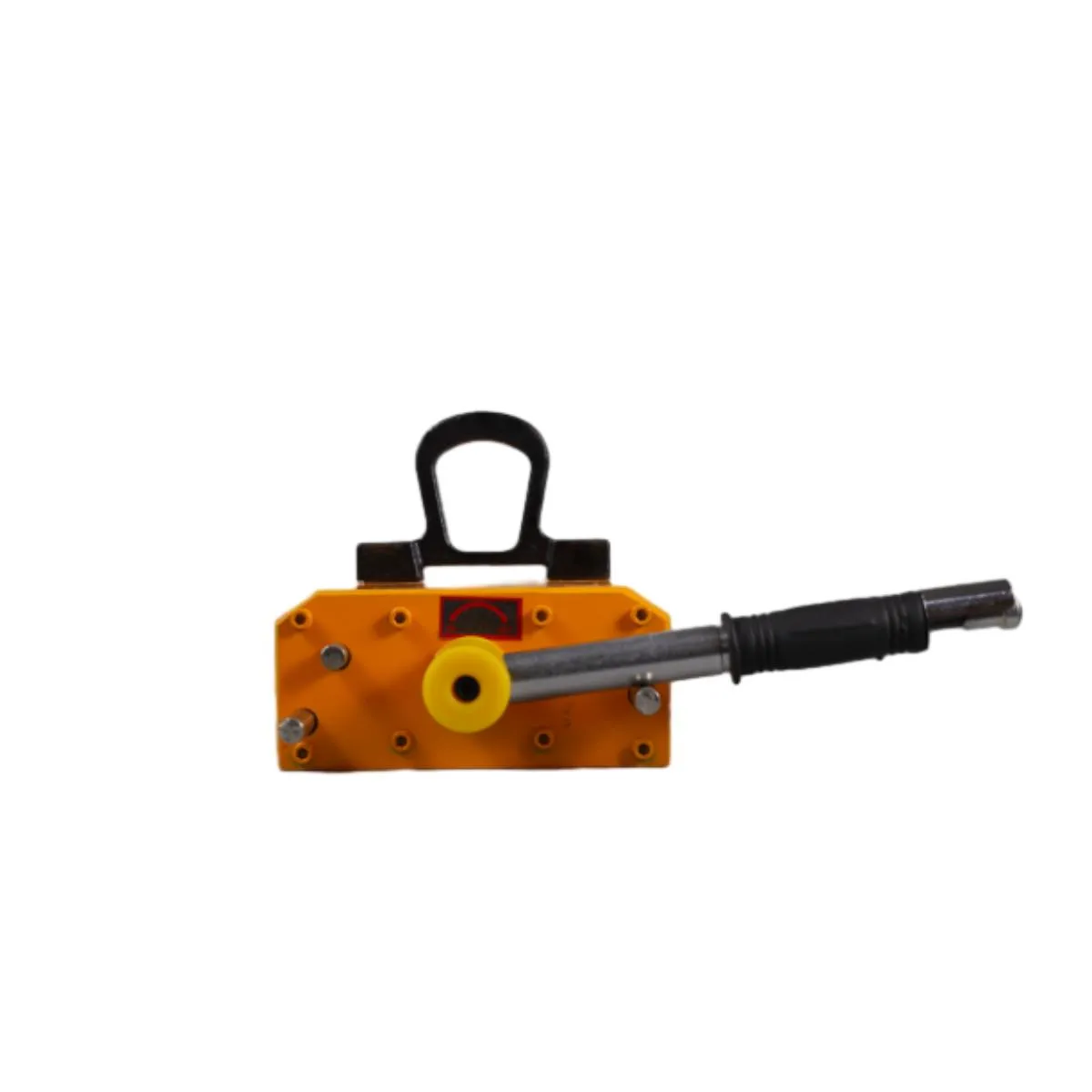Innovative Solutions for Efficient Trolley Crane Operations and Design
Understanding Trolley Cranes A Comprehensive Overview
Trolley cranes are an integral part of many industrial operations, playing a crucial role in material handling and logistics. These cranes combine the functionalities of traditional overhead cranes with the mobility of trolleys, providing a versatile solution for lifting and transporting heavy loads within a defined area. This article delves into the workings, applications, advantages, and safety considerations associated with trolley cranes.
What is a Trolley Crane?
A trolley crane consists of a bridge that spans an area where materials need to be handled. The trolley, which runs along the bridge, is equipped with a hoist that allows it to lift and lower loads. Trolley cranes can be found in various forms, including single-girder and double-girder designs, each suited for different applications and load capacities. The configuration of the crane is determined by several factors, including the weight of the materials being handled and the height of the lift.
How Trolley Cranes Work
The operation of a trolley crane is a combination of electrical engineering and mechanical systems. The hoist, typically powered by an electric motor, raises and lowers a hook or other lifting device. The trolley's movement along the bridge is achieved through a rail system that can be mounted on ceilings or supported by columns.
Control of a trolley crane can be manual or automated. In manual operation, an operator uses a remote control or pendant to guide the crane, ensuring precision in movement. Automated systems can use pre-defined paths for the trolley and hoist, which significantly enhances productivity, especially in environments where the same lifting tasks are performed repeatedly.
Applications of Trolley Cranes
Trolley cranes are utilized in a wide array of industries, including
1. Manufacturing and Production These cranes facilitate the movement of raw materials and finished products within factories, improving workflow and efficiency. 2. Construction In construction sites, trolley cranes are essential for lifting heavy materials such as steel beams, concrete blocks, and other structural components.
3. Warehousing They are commonly used in warehouses for loading and unloading goods, optimizing space by allowing vertical storage solutions.
4. Shipyards Trolley cranes help in the assembly and disassembly of ships, handling heavy cargo and ensuring smooth operations in marine environments.
trolly crane

5. Automotive Industry Within automobile manufacturing facilities, trolley cranes play a vital role in assembling parts and transporting components along the production line.
Advantages of Trolley Cranes
The use of trolley cranes offers several advantages
- Enhanced Efficiency The ability to lift and move heavy loads with precision significantly speeds up operations, reducing downtime and increasing productivity.
- Space-Saving Design Trolley cranes can be designed to utilize vertical space effectively, allowing for higher storage solutions in warehousing and manufacturing environments.
- Versatility These cranes can handle a variety of materials and can be customized to suit specific applications or operational requirements.
- Safety Features Modern trolley cranes are equipped with numerous safety features, such as overload protection systems and emergency stop buttons, that help prevent accidents.
Safety Considerations
While trolley cranes offer numerous benefits, safety must always be a top priority. Operators should be properly trained to understand the crane's functions and limitations. Regular maintenance and inspections are essential to ensure the crane operates safely and efficiently. Additionally, safety protocols, such as establishing exclusion zones and using appropriate personal protective equipment (PPE), should be implemented to protect workers in the vicinity.
Conclusion
In summary, trolley cranes are vital tools that enhance operational efficiency in various industries. Their ability to lift and transport heavy loads with precision makes them indispensable for manufacturing, construction, and logistics. Understanding their mechanisms, applications, and safety considerations is crucial for ensuring their effective use in the workplace. As technology advances, the future of trolley cranes looks promising, with increased automation and smart systems aiming to further improve their efficiency and safety.
-
Unlock Seamless Relocation with Our Heavy Equipment Moving ExpertiseNewsJun.06,2025
-
Unleash Unrivaled Flexibility with Our Adjustable Gantry CraneNewsJun.06,2025
-
Unleash Heavy-Duty Efficiency with Our Industrial Gantry Crane SolutionsNewsJun.06,2025
-
Revolutionize Steel Handling with Our Magnetic Lifter RangeNewsJun.06,2025
-
Master Equipment Mobility with Premium Machinery Mover SolutionsNewsJun.06,2025
-
Elevate Your Material Handling with Magnetic Lifter TechnologyNewsJun.06,2025
-
YS Permanent Lifting Magnets: The Smarter Way to Handle SteelNewsMay.22,2025
